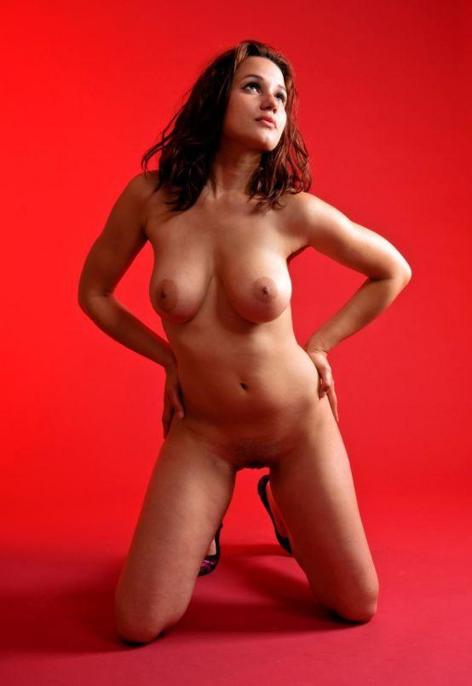Lights, Camera... Nude!: A Guide to Lighting the Female Nude for Photography (15 page)
Read Lights, Camera... Nude!: A Guide to Lighting the Female Nude for Photography Online
Authors: A. K. Nicholas


Model: Toni C.
1.
Place a light in front of the model and take a few shots.
2.
Next, move the light slightly to the side and take some shots.
3.
Then try 90 degrees to one side, slightly back, and all the way back; keep moving around the model until you’ve shot eight different light locations.
4.
Examine your shots to see how the light differs. In the backlight shots are you getting lens flair or chromatic aberration? If so, work on resolving these problems by altering the intensity or angle of the light. See the sections on chromatic aberration and lens flare in the problems & solutions section.
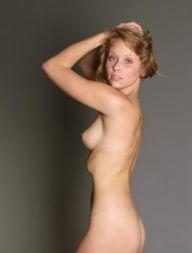
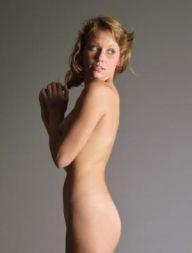
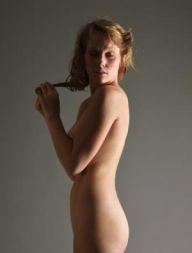
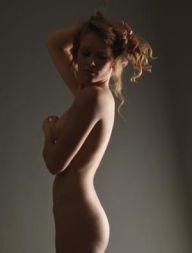
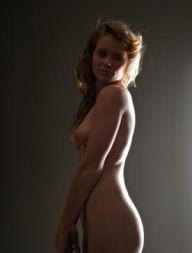
1.
Set up any multi-light configuration in this book.
2.
Unplug or turn off some lights to compare the effects of each light.
In this section I'll show illustrate a few examples of lighting problems, along with suggested solutions.
As you read through the lighting problems, bear in mind that any given lighting setup may be right for one subject, but wrong for another. In the absence of a subject and pose there is no such thing as the “wrong lighting.” Each light configuration is to make a particular subject and pose look its best. The only “wrong lighting” is lighting that is mismatched to the subject or objective.
So keep an open mind. Just because a particular lighting setup is show here as an example of a problem, it is because it's not the best one for that particular subject and pose.
Not enough coverage -- light has too much falloff and doesn't reveal all intended aspects of the subject.
In this image, light is directed only at the torso, leaving the lower half of the body
flat, shadowy
and dull. The tip of the elbow has
a blown out
highlight.
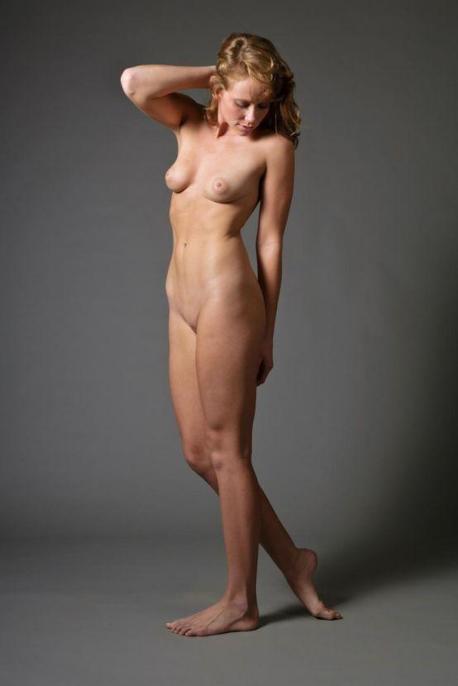
Model: Hope S.
With two frontal
light sources,
one above
(beauty dish)
the head
pointed
slightly down,
and the other (gridded softbox)
on the
floor aimed
slig
htly
up, the whole body is
lit.
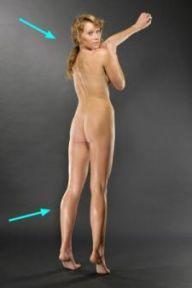
Too much coverage -- light reveals aspects of the subject that you want to remain mysterious. How much to light is your preference. Adjust the angle of your lights to hide part of the model in shadow.
Also see
Too much coverage -- light reveals aspects of the subject that you want to remain mysterious. How much to light is your preference. Adjust the angle of your lights to hide part of the model in shadow.Also see Sculpt with Light: Selective Lighting, p.24
, p.
Typically you want to avoid situations that result in one area of the model receiving so much light it washes out:
•
Blown-out highlights from key light too strong
•
Blown-out highlights from fill light overlap
•
Separation or accent lights (hair, kicker, rim) too strong.
•
Contrast ratio too high.
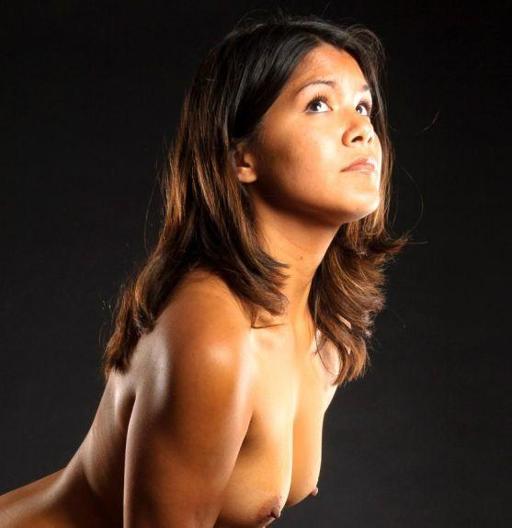
Photo 66: Excess light
Model: Ariel W.
